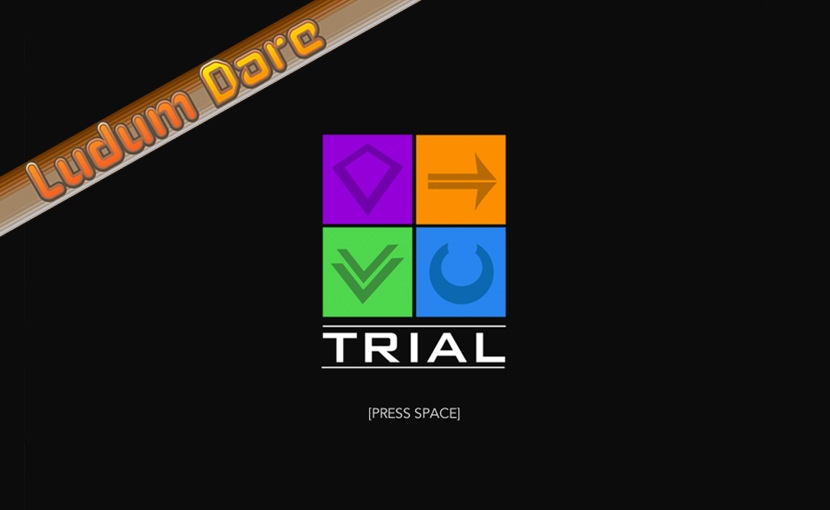
Ludum Dare 28 (Game Jam): Behind the Scenes & Post Mortem
Ludum Dare is a competition where developers create a game over one weekend based on the given theme. This was our first time participating and had no idea what to expect. We weren’t prepared for the brutal amount of work that would ensue within such a limited time frame…
The theme for Ludum Dare 28 was “You Only Get One”, which was disappointing because it’s so broad and generic. Almost every game has some element of “only getting one”. Such as you only get one life, or one weapon, or one power up, one way out, etc. It was actually harder for us to focus and come up with ideas when there were endless possibilities. On top of that, we were experimenting with a different brainstorming and creative process.
The Creative Process
Instead of referencing genres or listing ideas we thought were “cool”, we focused on identifying the emotions the player would feel and the overall experience. From a long list of emotions we ended up with despair and hope. Not very original was it? That’s why we decided to add in “politeness”, even though we questioned if it was really an emotion. Politeness was unusual, but we wanted to try something different. Also, we were recently inspired by a cafe that listed lower prices for polite customers.
At this stage we were tossing out ideas and game elements that could help us evoke these emotions: dialog, puzzle, time pressure, color and the absence of, etc. We had no clue at this point on how it would connect with the theme. The first night was tough because we had spent hours brainstorming but couldn’t visualize anything worthwhile, unique, or even playable.
The Concept
We started focusing on colors and eventually sketched a rough grid with each cell assigned a color. The player would start at one end of the grid and need to reach the opposite end to win. For spice and despair, the grid would be littered with danger spots (i.e. mines) that kill the player instantly. To stay with the theme, the player could only see tiles/cells of one selected color at any given time. There would also be special cells where the player would have a dialog and choose to reveal a different color. If the player selected “polite” dialog options, they would have a more favorable outcome.
After we agreed to move forward with this concept, we came up with a prototype using spreadsheets. By flipping between sheets we could see how the grid would look like with different colors hidden. We spent the next few hours specifying how the grid would be created: grid size, number of dialog nodes, danger spots, etc. We also wanted it to be randomly generated for replay-ability.



